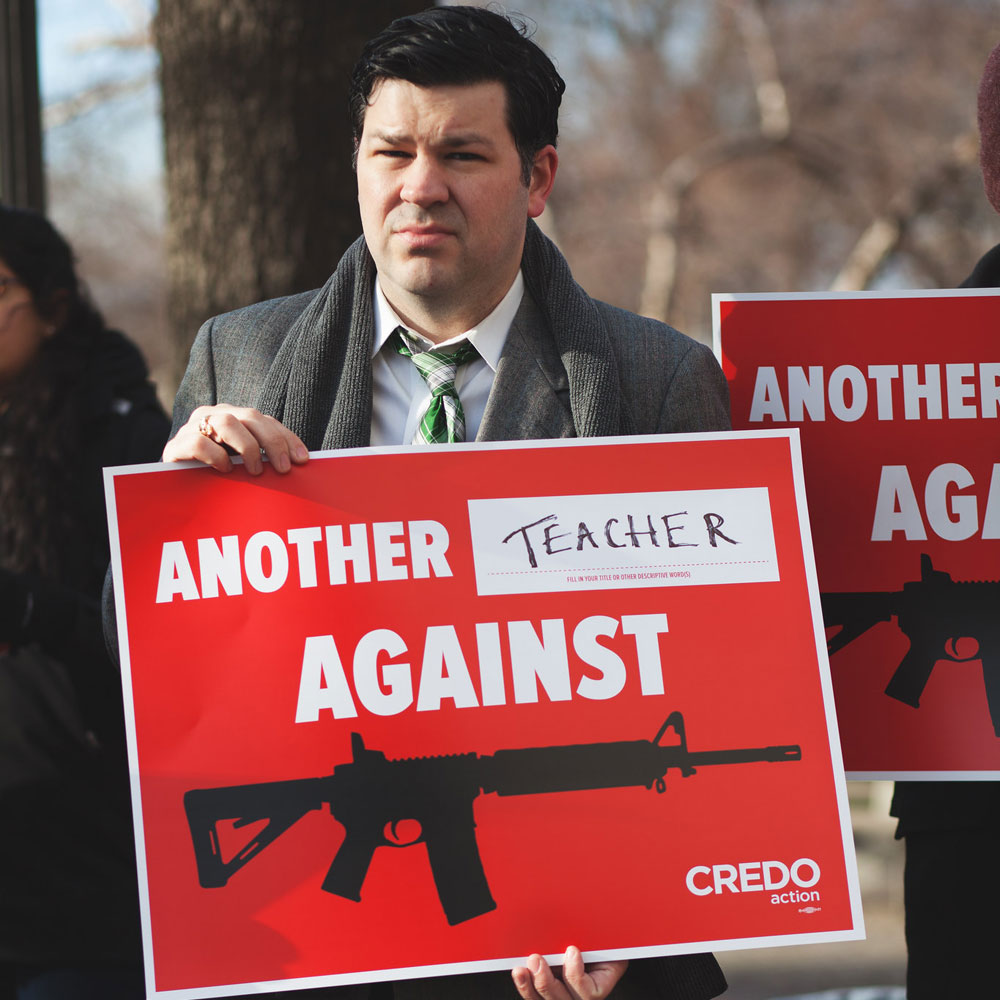
July 4, 2019; Washington Post
An interesting article in the July 3rd Washington Post suggests that the break in the levee from which the current problems of the National Rifle Association (NRA) have flowed in a torrent was an internal split in 2012 over how the NRA should respond to the Sandy Hook school shooting in Newtown, Connecticut.
Without going into great detail, essentially, the organization was divided over how hard a line it should take—how aggressive it should be—in the wake of the deaths of 20 elementary school children at the hands of a gunman with a semi-automatic rifle. Some of the internal questions were not just about the rhetorical response, which was a doubling-down that came across to many as boastful and horrifyingly aggressive, but the actual potential policy response. In the end, however, CEO Wayne LaPierre threw his lot in with Ackerman McQueen, delivering a forceful message that more armed folk in and around schools would address the fear and the violence making victims of schoolchildren. The current problems took a more distinct shape from that point.
To be clear, the reporters aren’t suggesting the problems started here, only that this is the point that the schism became apparent and began to spread. The debate led to the dominant group, the one in league with Ackerman McQueen, an external vendor in charge of advertising, taking the reins.
Sign up for our free newsletters
Subscribe to NPQ's newsletters to have our top stories delivered directly to your inbox.
By signing up, you agree to our privacy policy and terms of use, and to receive messages from NPQ and our partners.
The article splits its focus between discussing this moment of serious self-questioning and coverage of an expensive trip LaPierre and his wife took on the organization’s tab at Ackerman McQueen. In the end, a picture is painted of an organization defined ever less by its membership and ever more by a marketing outfit with different aims. While that CEO/vendor relationship flourished, the board was apparently sitting on their hands.
During that period, the bills for LaPierre’s wardrobe and his private jet travel flowed through the Oklahoma-based ad firm, recently revealed internal documents show, a practice that critics say shrouded the nature of the costs from some NRA leaders and members. At the same time, Ackerman McQueen collected tens of millions of dollars in consulting fees and kept a tight grip on the NRA’s aggressive messaging, according to documents and people familiar with the dynamics.
This once again proves the systemic rule that nothing ever goes away. When you trace the kinds of rifts we see here in the NRA back, you find moments like these. Problems may be tamped down over years and decades, or, as in this case, they may take as much license as they are allowed, but they do not disappear; they just bide their time to make themselves heard.—Ruth McCambridge













